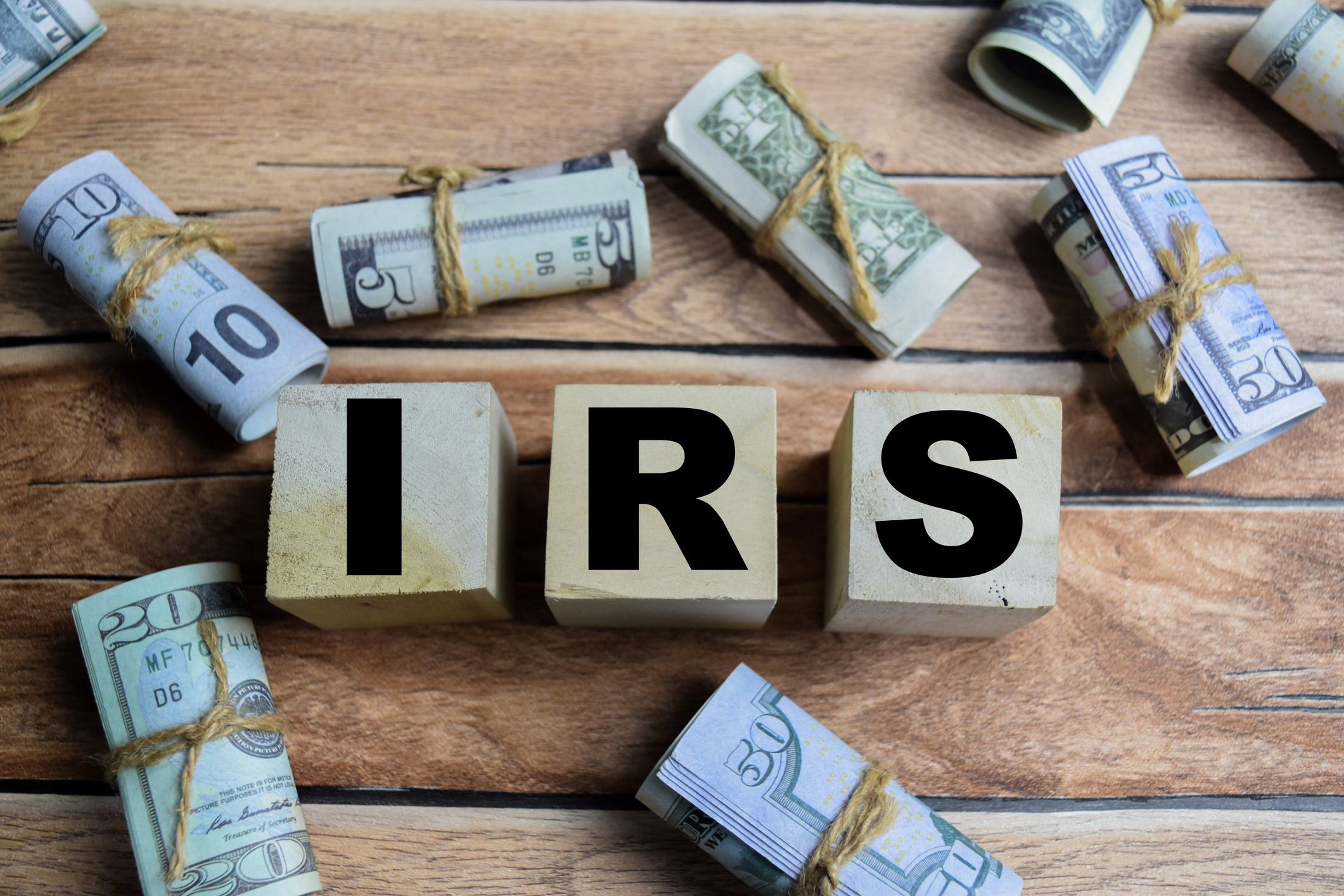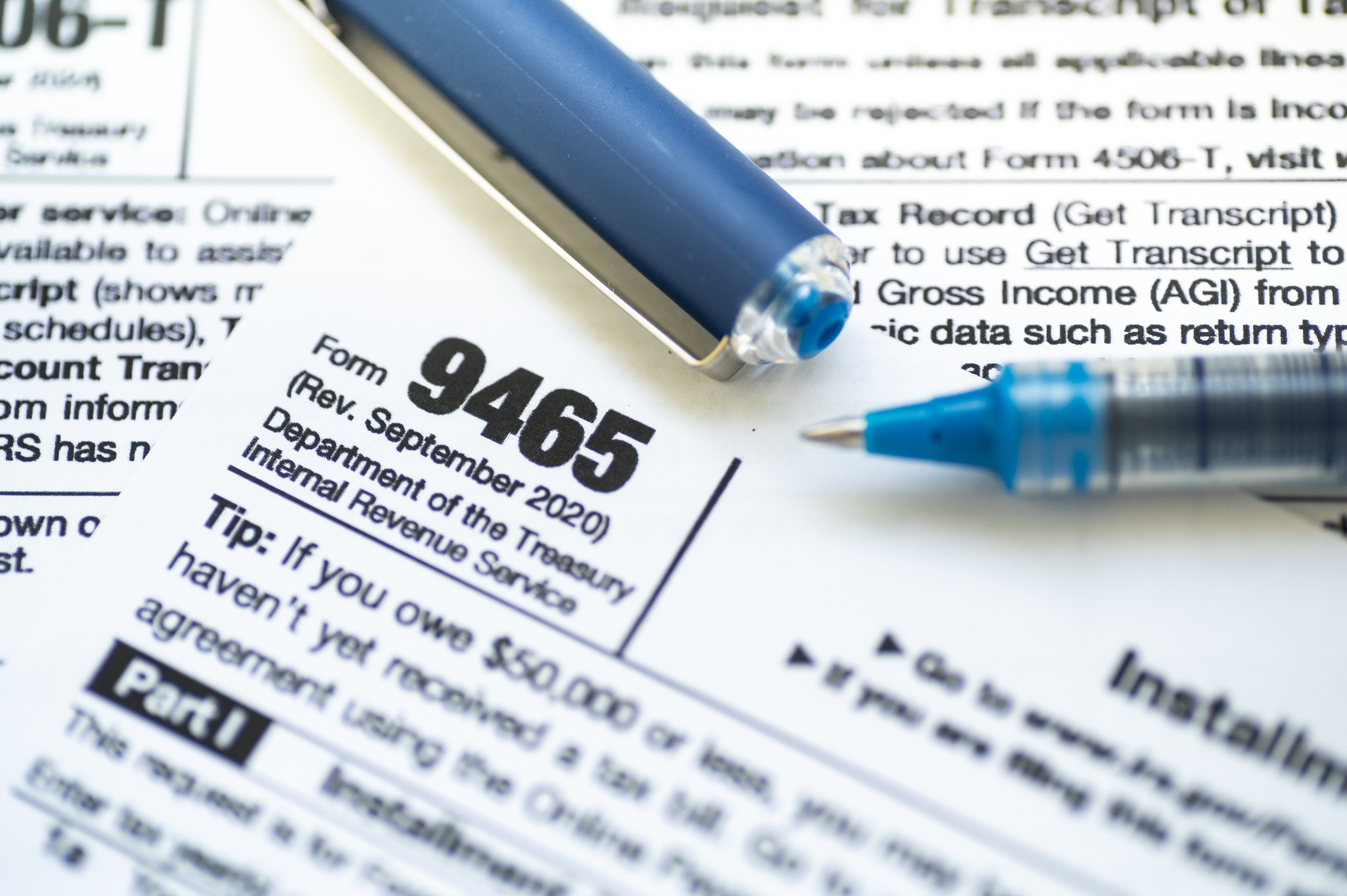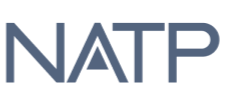💡 Key Takeaways
To apply for IRS Currently Not Collectible (CNC) status, complete IRS Form 433-F (or 433-A/B for self-employed or business taxpayers) and submit it with proof of income, expenses, and assets. If approved, the IRS temporarily halts collections until your financial situation improves. CNC status protects you from levies and garnishments, but does not erase your debt.
Introduction
When financial hardship makes it impossible to pay your back taxes, the IRS offers a temporary lifeline called Currently Not Collectible (CNC) status. This status pauses IRS collection actions—like wage garnishments, levies, or bank seizures—so you can focus on rebuilding stability without the constant fear of enforcement.
At TaxRise, we help thousands of Americans apply for CNC status every year. Here’s everything you need to know to determine if you qualify, how to apply, and what to expect once your request is approved.
Before You Apply: Understanding CNC Approval
Before applying for Currently Not Collectible (CNC) status, it helps to understand how the IRS determines eligibility. CNC status isn’t forgiveness—it’s a temporary pause in IRS collections for those who can’t pay without sacrificing essential living needs.
When you apply, the IRS reviews your income, assets, and living expenses to verify that paying your tax debt would create financial hardship. This status gives you breathing room, but you’ll still owe the debt, and interest will continue to accrue until your situation improves.
Before you apply for CNC status, the IRS requires that you file all applicable past-due tax returns (typically for the last six years). This ensures that your unpaid balance is accurate.
The IRS will reject your CNC application if it determines you have unfiled tax returns. TaxRise can help file any unfiled returns you may have, and our experts can determine if CNC status is truly the best option for you, or if other Fresh Start Programs may be more beneficial. Complete our brief survey to receive a free tax consultation and speak with a tax relief expert.
How the IRS Decides if You Qualify
The IRS bases CNC approvals on your financial disclosure, not on general hardship claims. During the application process, you’ll submit your full financial picture using Form 433-F, Form 433-A, or Form 433-B (depending on your employment type).
Here’s what happens when the IRS evaluates your case:
- Your income and necessary household expenses are compared to IRS Allowable Expense Standards for your location.
- Your assets are reviewed to see if any can reasonably be sold or borrowed against.
- The IRS calculates whether you have any disposable income left after essentials like housing, food, transportation, and healthcare.
If your income barely covers—or falls short of—your necessary expenses, and you lack accessible assets, you’ll likely qualify for CNC status.
Step-by-Step: How to Apply for IRS Currently Not Collectible Status
Step 1: Gather Your Financial Information
Before submitting your CNC request, organize your financial documents so the IRS has a complete and accurate picture of your situation. You’ll need:
- Pay stubs or proof of income (including benefits or assistance)
- Bank statements for all accounts
- Proof of rent or mortgage payments
- Utility bills (gas, electricity, internet, etc.)
- Loan and credit card statements
- Documentation of necessary expenses like insurance, childcare, or medical costs
Step 2: Complete the Correct IRS Form 433
To apply, fill out the Collection Information Statement that applies to your situation:
- Form 433-F – For most individuals (simplest version)
- Form 433-A – For wage earners or self-employed individuals
- Form 433-B – For businesses
These forms help the IRS verify that you cannot pay your debt after accounting for your basic living needs.
Step 3: Submit Your Application to the IRS
You can apply by:
- Phone: Call the IRS at the number listed on your IRS notice.
- Mail or Fax: Send your completed Form 433 and supporting documentation to the address provided in your correspondence.
TaxRise can help manage the entire process—completing your financial forms, organizing proof, and communicating directly with the IRS on your behalf.
Step 4: Wait for the IRS Review
The review process can take several weeks or even months. The IRS may request clarification or additional documentation during this period. Once approved, you’ll receive official confirmation—often Letter 4624C or a notation on your transcript showing Transaction Code 530, confirming your CNC status.

What Happens After You Apply for CNC
Once your CNC status is approved, you’ll experience immediate relief from IRS collection activity. Wage garnishments and bank levies are paused, giving you the space to regain financial stability without fear of enforcement. You will still receive an annual notice from the IRS showing your remaining balance, but no payments are required while you remain in non-collectible status. In some cases, the IRS may file a federal tax lien while in CNC status to protect its interest in your assets. This lien doesn’t mean active collection—it simply ensures that the government retains a legal claim should your financial situation improve.
If your income rises, you can be removed from CNC status.
It’s important to understand that CNC is not a permanent solution. Interest and penalties continue to accrue on your outstanding balance, and the IRS will eventually review your financial information again—typically every one to two years. During these periodic reviews, the IRS reassesses whether you still meet the hardship criteria. If your income increases or your living expenses decrease, your account may be removed from CNC status. In that case, you’ll have the opportunity to transition into another form of tax relief, such as an installment agreement or an offer in compromise, to continue managing your debt responsibly.
CNC Status Alternatives
If you don’t qualify for CNC status or your hardship is temporary, you still have options:
- Offer in Compromise (OIC): Settle your tax debt for less than you owe.
- Installment Agreement: Make manageable monthly payments toward your balance.
- Partial Payment Installment Agreement (PPIA): Pay only what you can afford each month until the collection statute expires.
- IRS Penalty Abatement: If you meet specific requirements, the IRS may waive certain tax penalties which significantly reduces your tax burden.
At TaxRise, our team of tax professionals and enrolled agents can review your situation and determine which program offers you the best long-term relief.
Get Professional Help Applying for CNC Status
Applying for CNC status can feel daunting, especially when the IRS requests extensive financial proof. Even a small error on your Form 433 could lead to a rejected application and delay your resolution.
At TaxRise, we simplify the process from start to finish—organizing your financial records, preparing your forms, and representing you directly with the IRS. Our experts know how to build a strong hardship case that meets the IRS’s standards and maximizes your chance of approval.
Ready to pause IRS collections and regain control of your finances?
Call TaxRise today or complete our quick survey to receive a free tax consultation and find out if you may qualify for Currently Not Collectible status.
Frequently Asked Questions
There’s no fixed expiration date for Currently Not Collectible (CNC) status. As long as your financial situation meets the IRS’s hardship criteria, you can remain in CNC indefinitely. Typically, the IRS reviews your income and expenses every one to two years to confirm that you still can’t afford to pay.
If your financial circumstances improve—such as gaining stable employment, receiving an inheritance, or reducing living expenses—the IRS may remove your CNC status and request new payment arrangements. However, if your hardship continues until the 10-year Collection Statute Expiration Date (CSED) passes, your tax debt may be written off completely.
While both programs provide tax relief, they serve different purposes. CNC status is a temporary pause on IRS collection efforts—it doesn’t erase your tax debt, but it protects your income and assets while you’re unable to pay. Interest and penalties continue to accrue, and the IRS may periodically review your situation.
An Offer in Compromise (OIC), on the other hand, is a permanent resolution. It allows you to settle your tax debt for less than the total amount owed if paying in full would cause financial hardship. Once an OIC is approved and paid, your debt is legally settled and the IRS closes the account.
At TaxRise, we help clients determine whether CNC or an Offer in Compromise offers the best long-term outcome based on their financial situation and goals.
You should consider filing for CNC status when you can’t afford to make any payments toward your tax debt without sacrificing essentials such as housing, food, or medical care. If IRS collection notices are arriving—and you’re choosing between paying rent or paying the IRS—it’s time to act.
Before applying, make sure you’re compliant with your tax filings by submitting all required returns, even if you can’t pay the balance due. This ensures the IRS can accurately review your situation. Applying sooner rather than later helps prevent levies, garnishments, and the stress that comes with active collection actions.
Applying for IRS Currently Not Collectible (CNC) status does not carry a required fee directly to the IRS. In other words, you don’t pay the agency a special “CNC application fee” just to request this status. However, there may be indirect costs to consider. If you enlist a tax professional—like a CPA, enrolled agent, or tax attorney—to help prepare and file your CNC submission, their fees apply. You’ll also invest time gathering documentation like bank statements, paystubs, bills, etc.









0 Comments